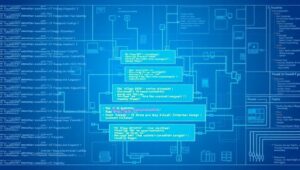May 28, 2025
The Role of Biometrics in Securing and Personalizing Gadgets (2025)
The Expanding Role of Biometrics in Gadget Security and Personalization (2025) In an increasingly interconnected world, the security and personalization of our gadgets have become paramount. Biometrics, the science of identifying and authenticating individuals based on their unique biological traits, is playing a pivotal role in this evolution. This article explores the advancements and applications of biometrics in securing and personalizing gadgets by 2025. What are Biometrics? Biometrics involves using unique physical or behavioral characteristics to identify individuals. Common biometric identifiers include: Fingerprint Scanning: Analyzing the unique patterns on a person’s fingertips. Facial Recognition: Identifying individuals through facial features. Iris












